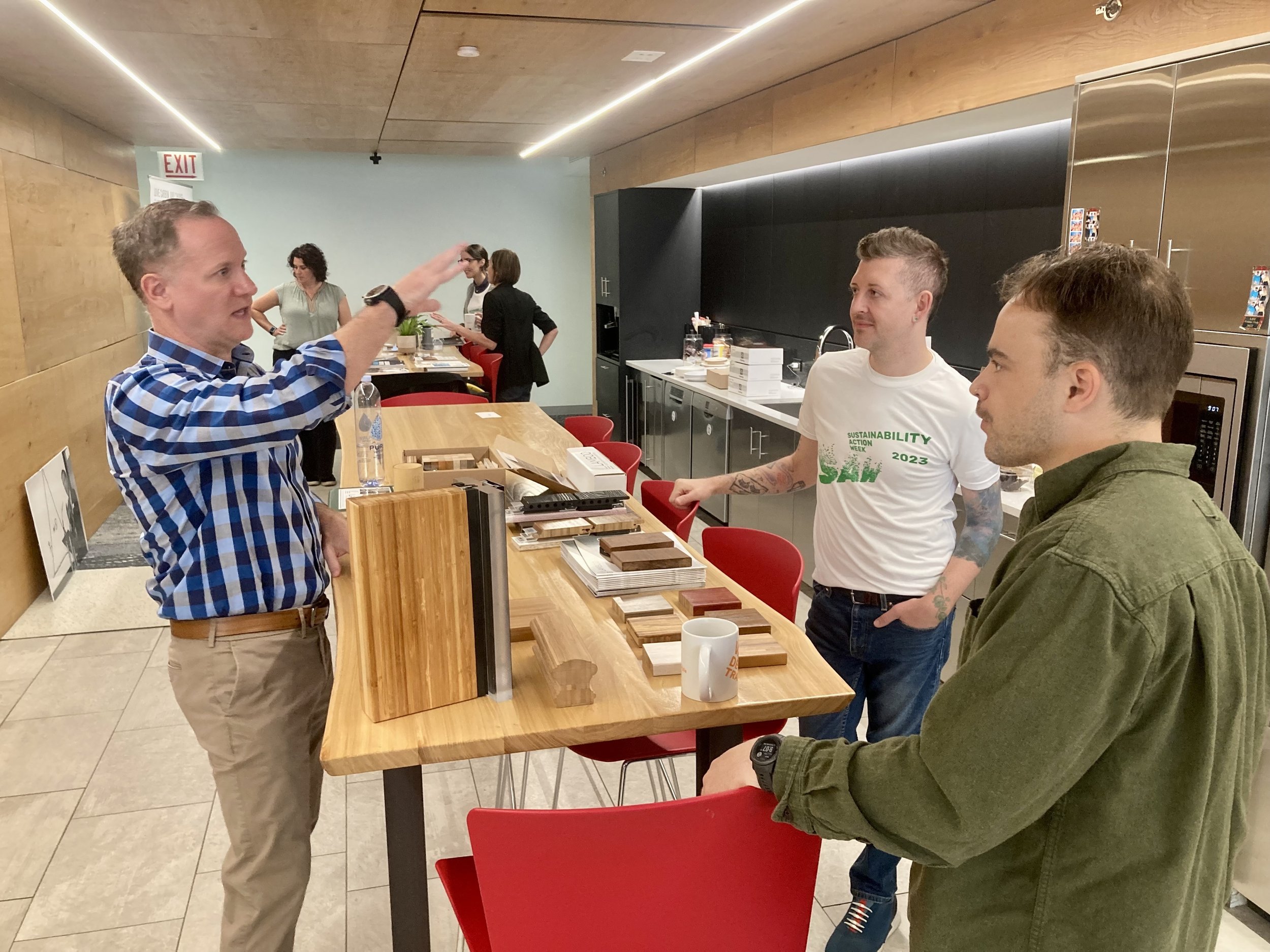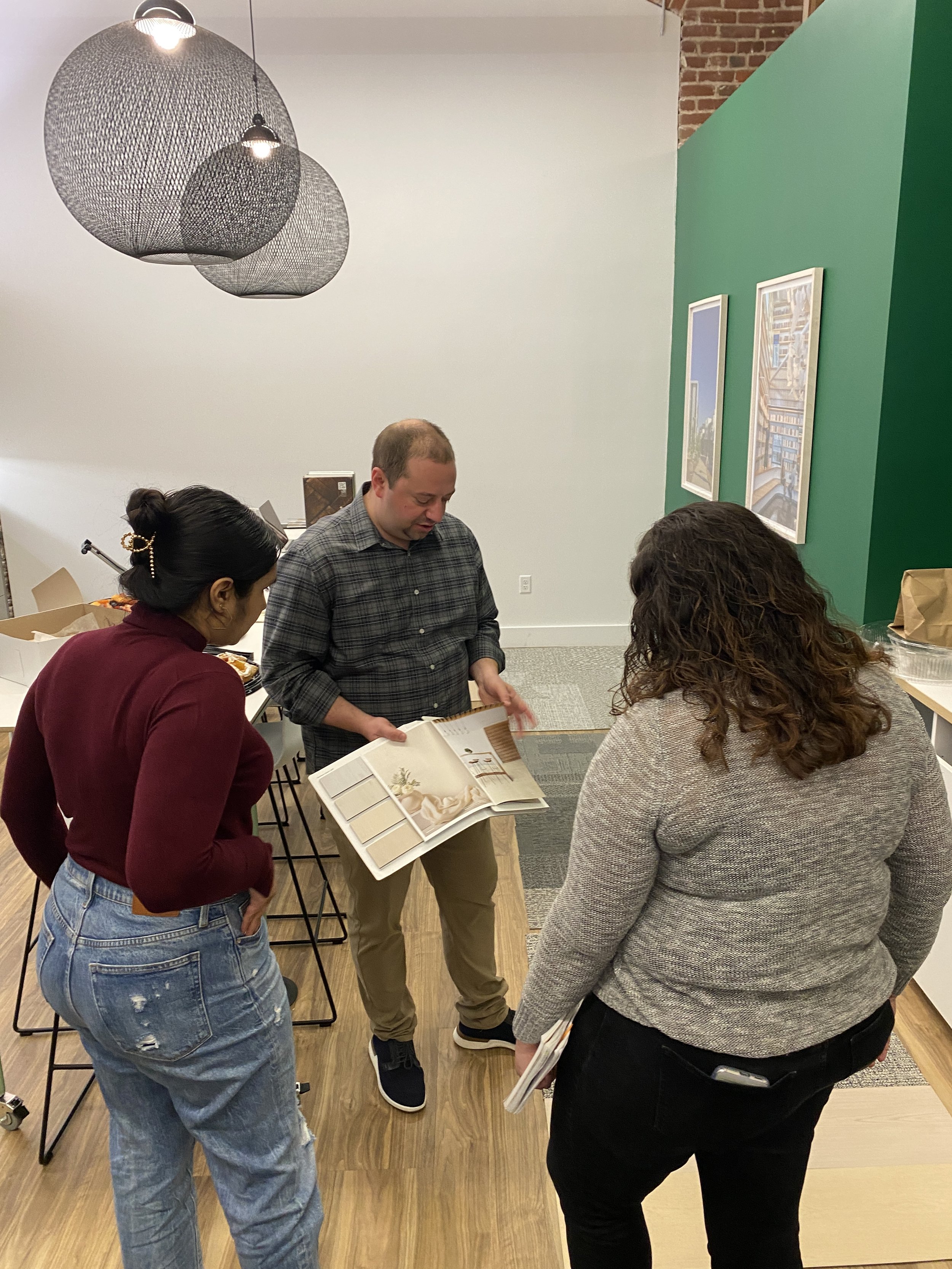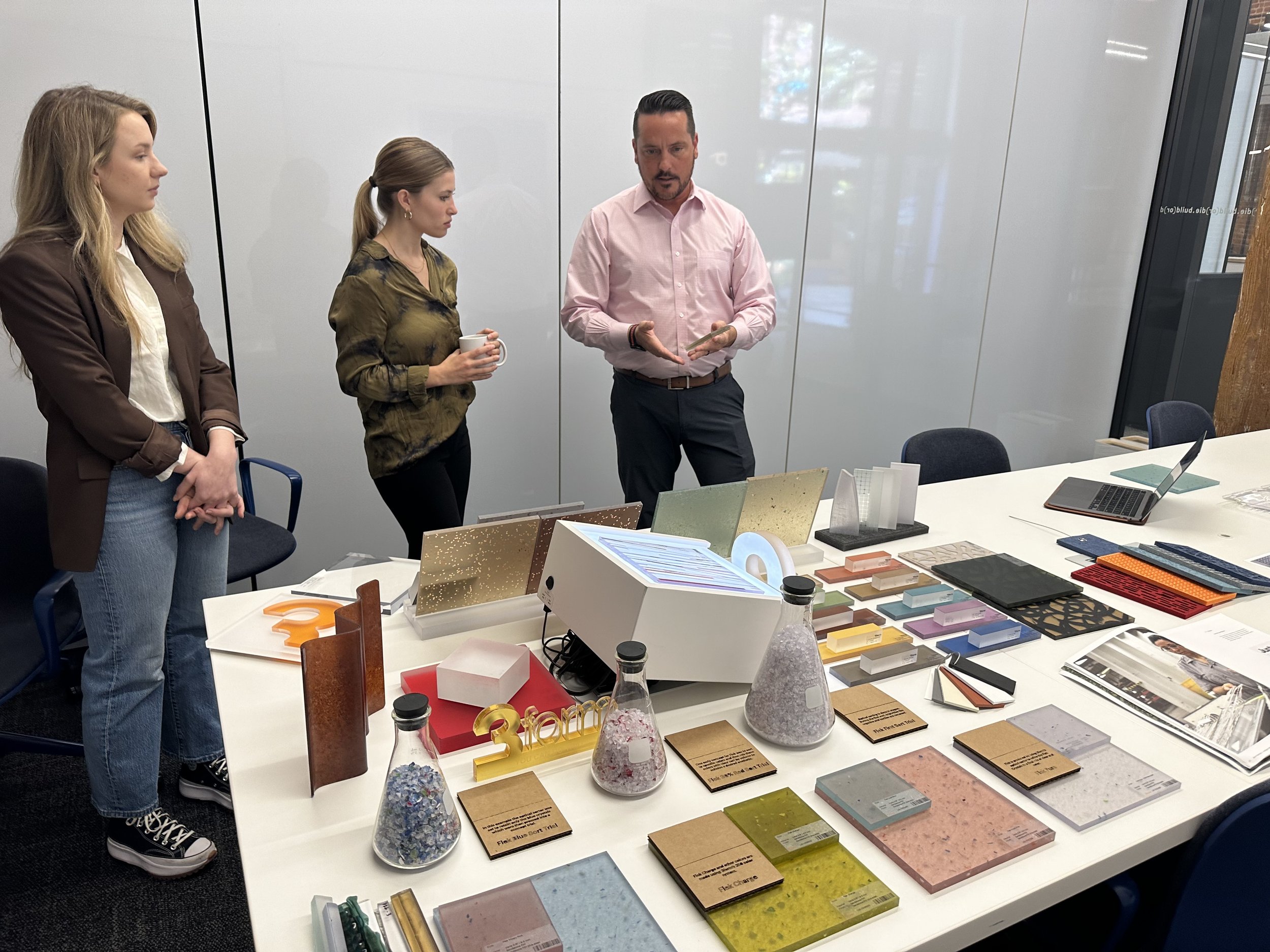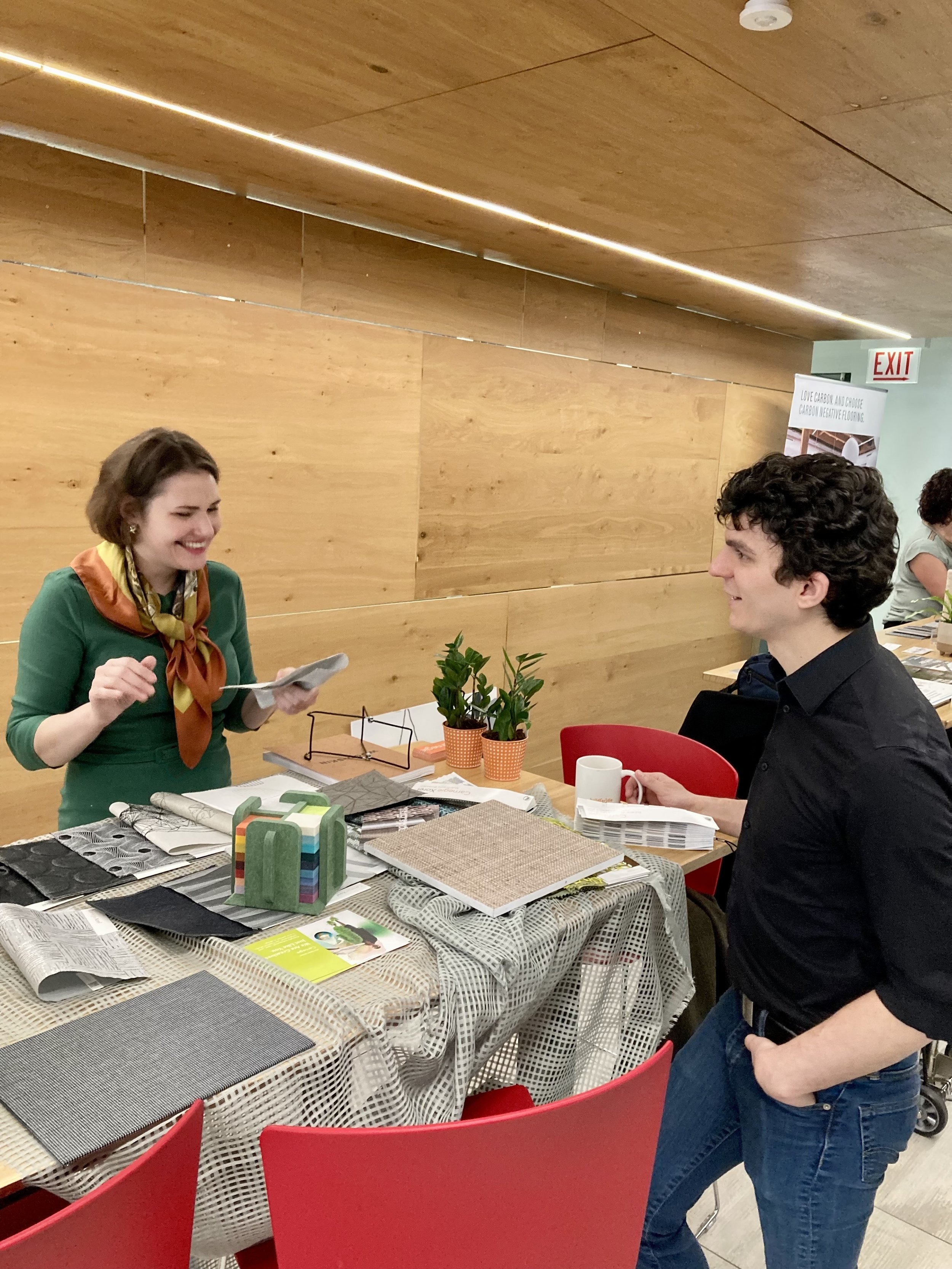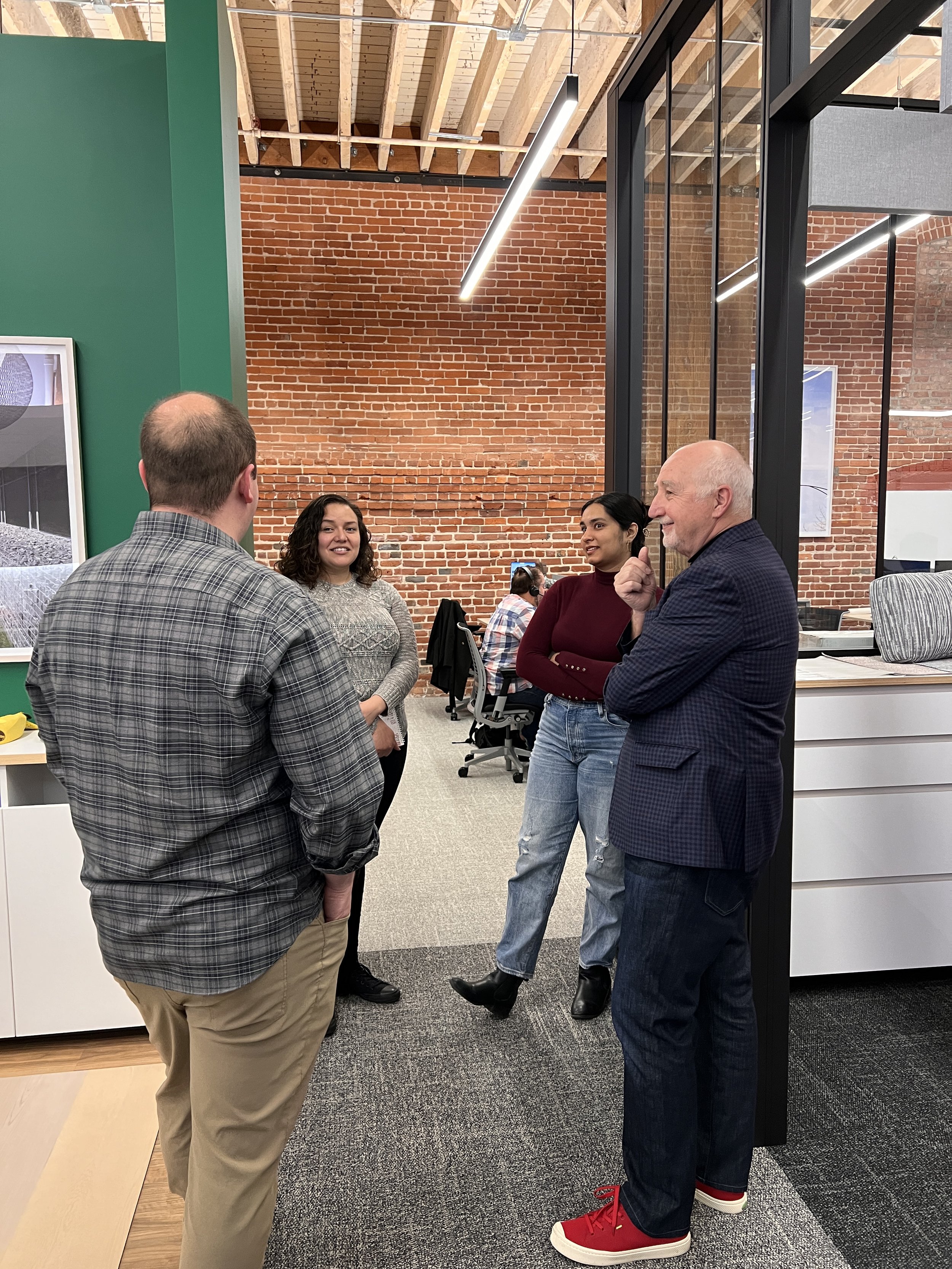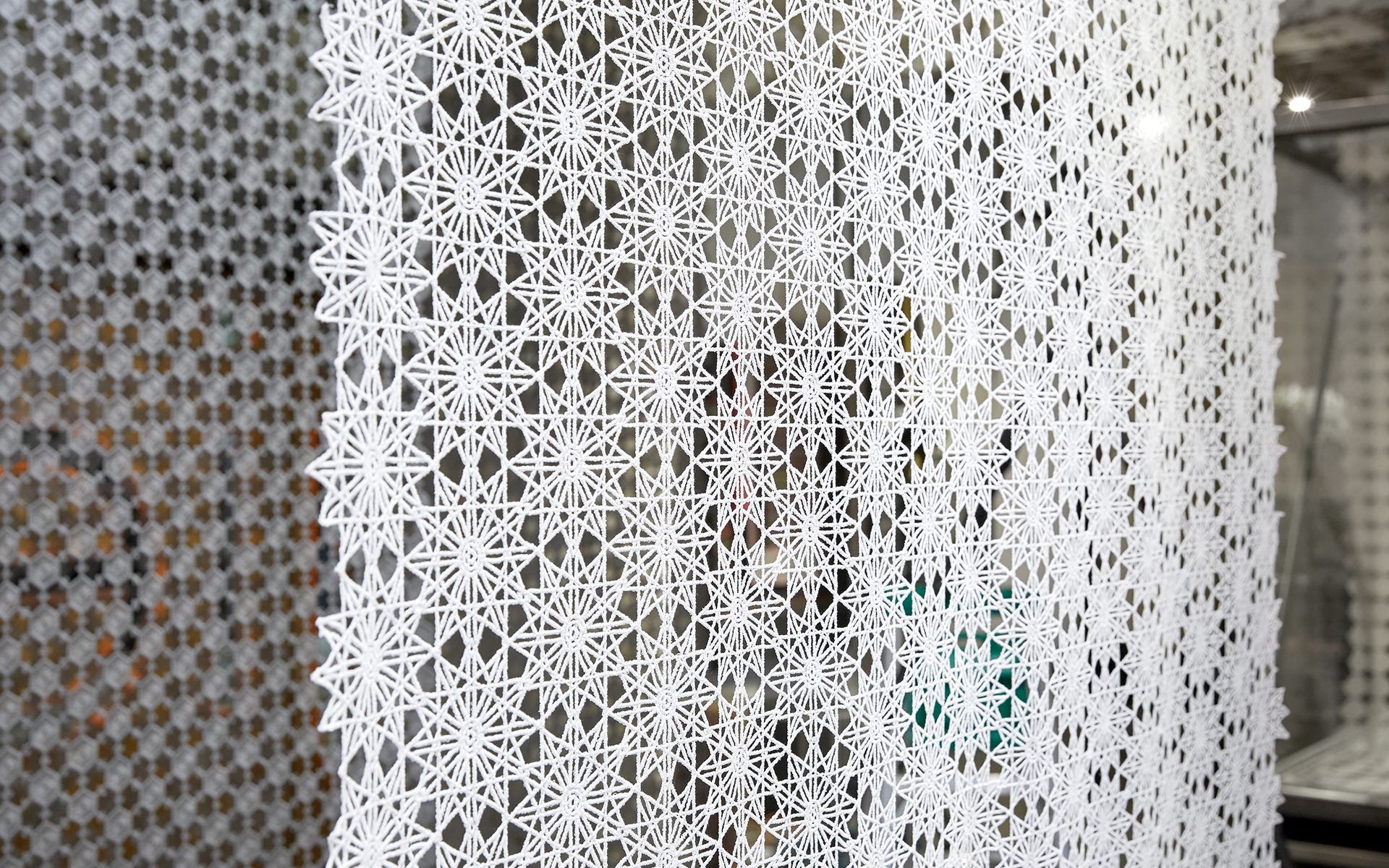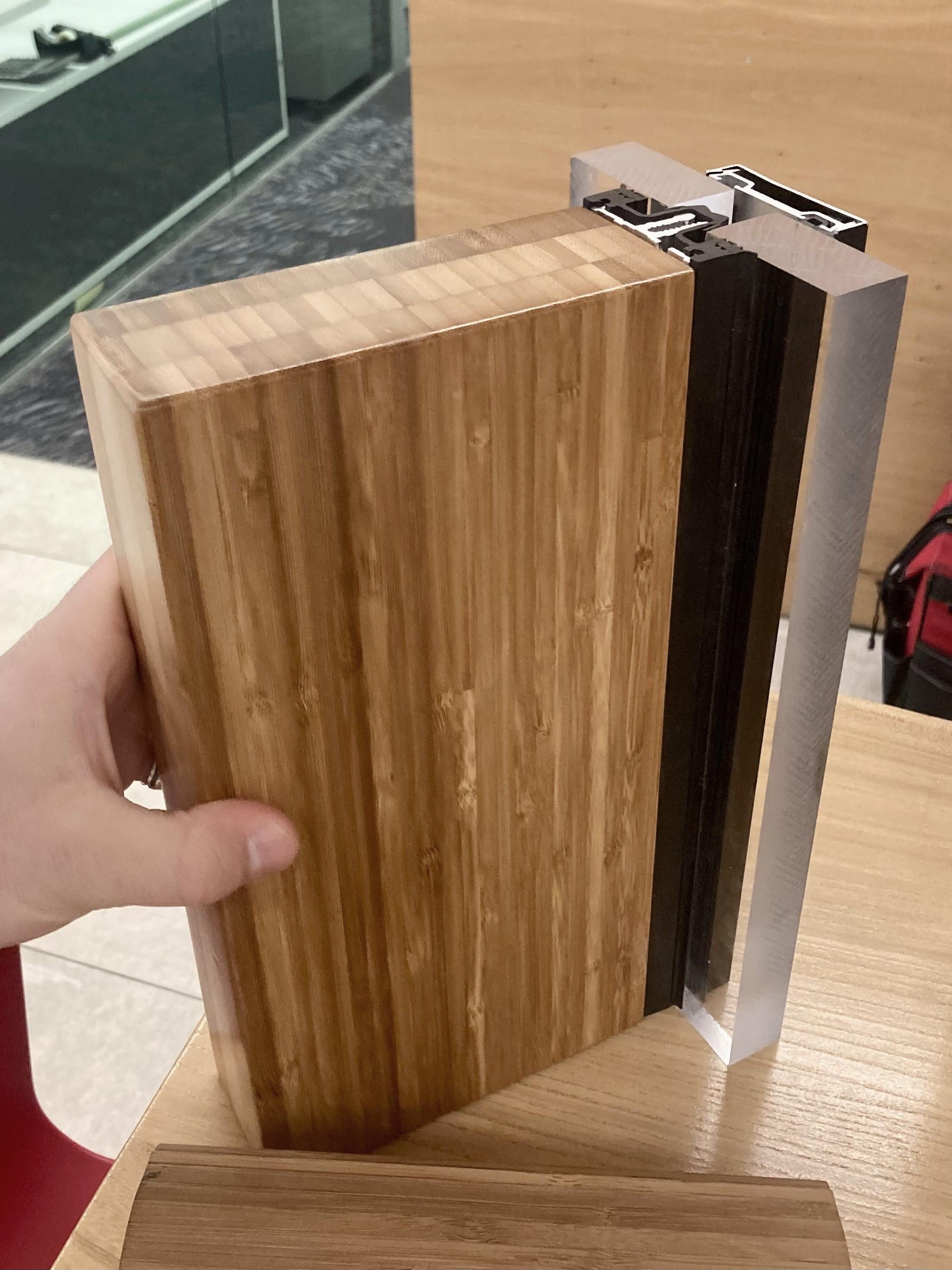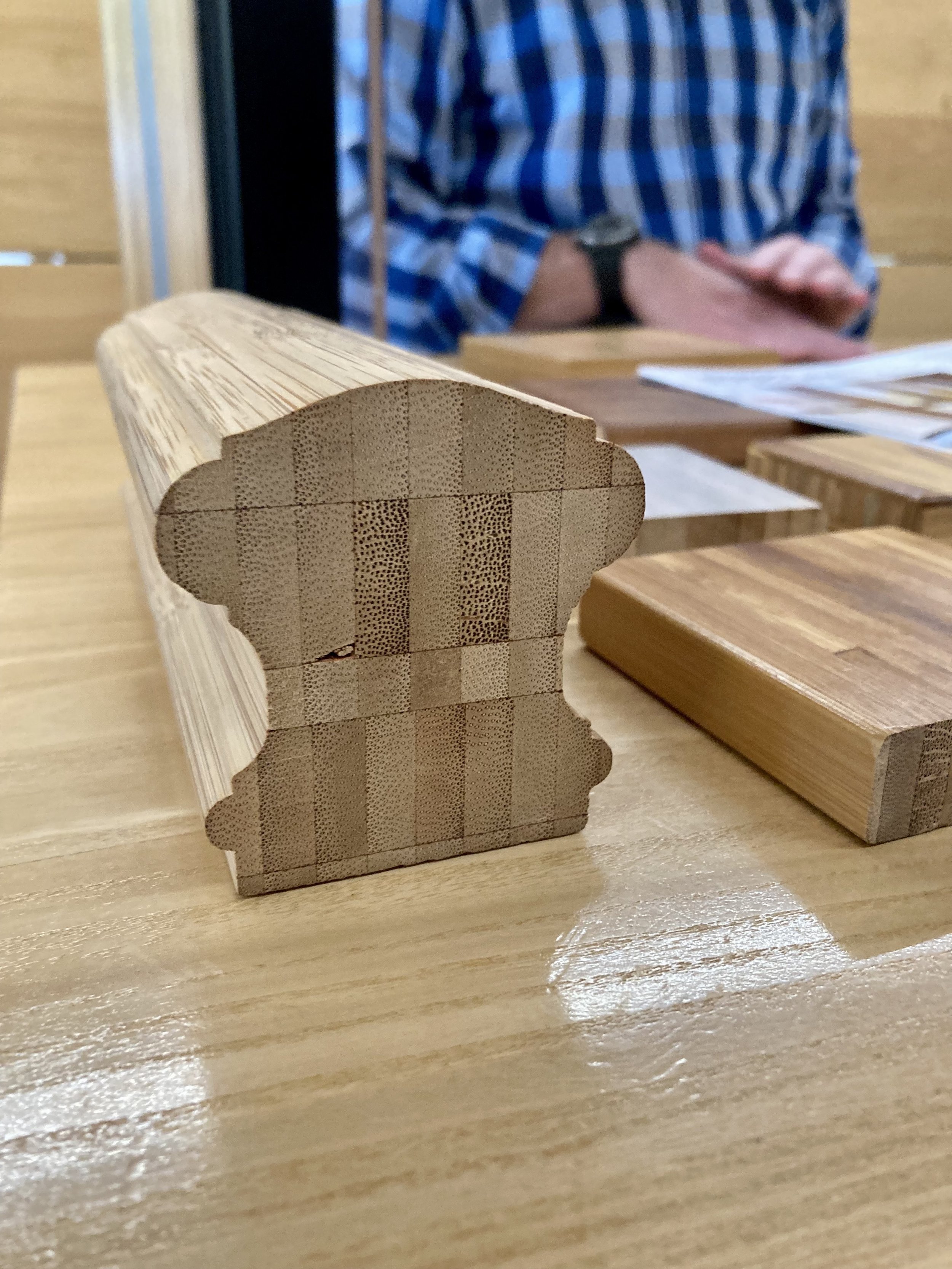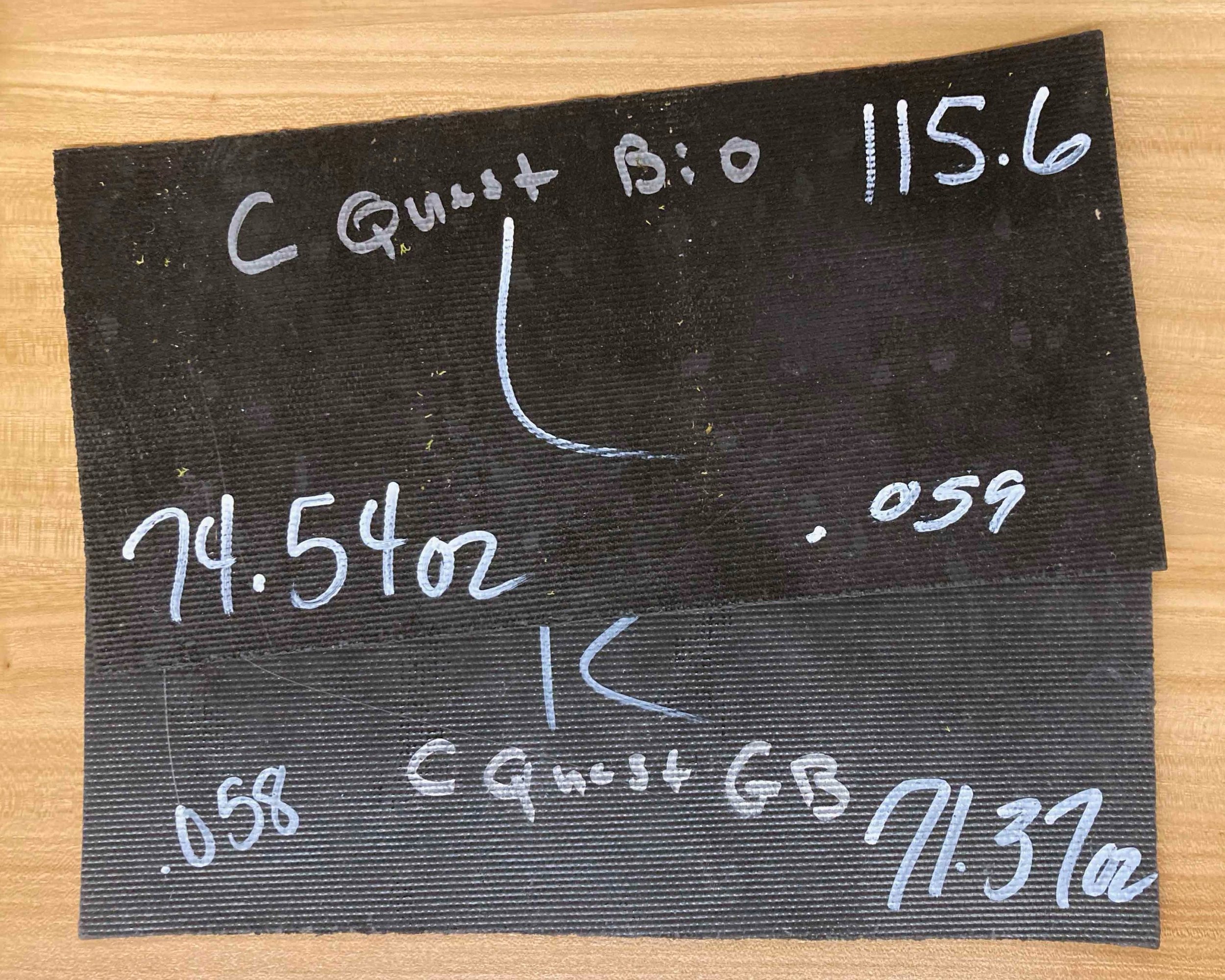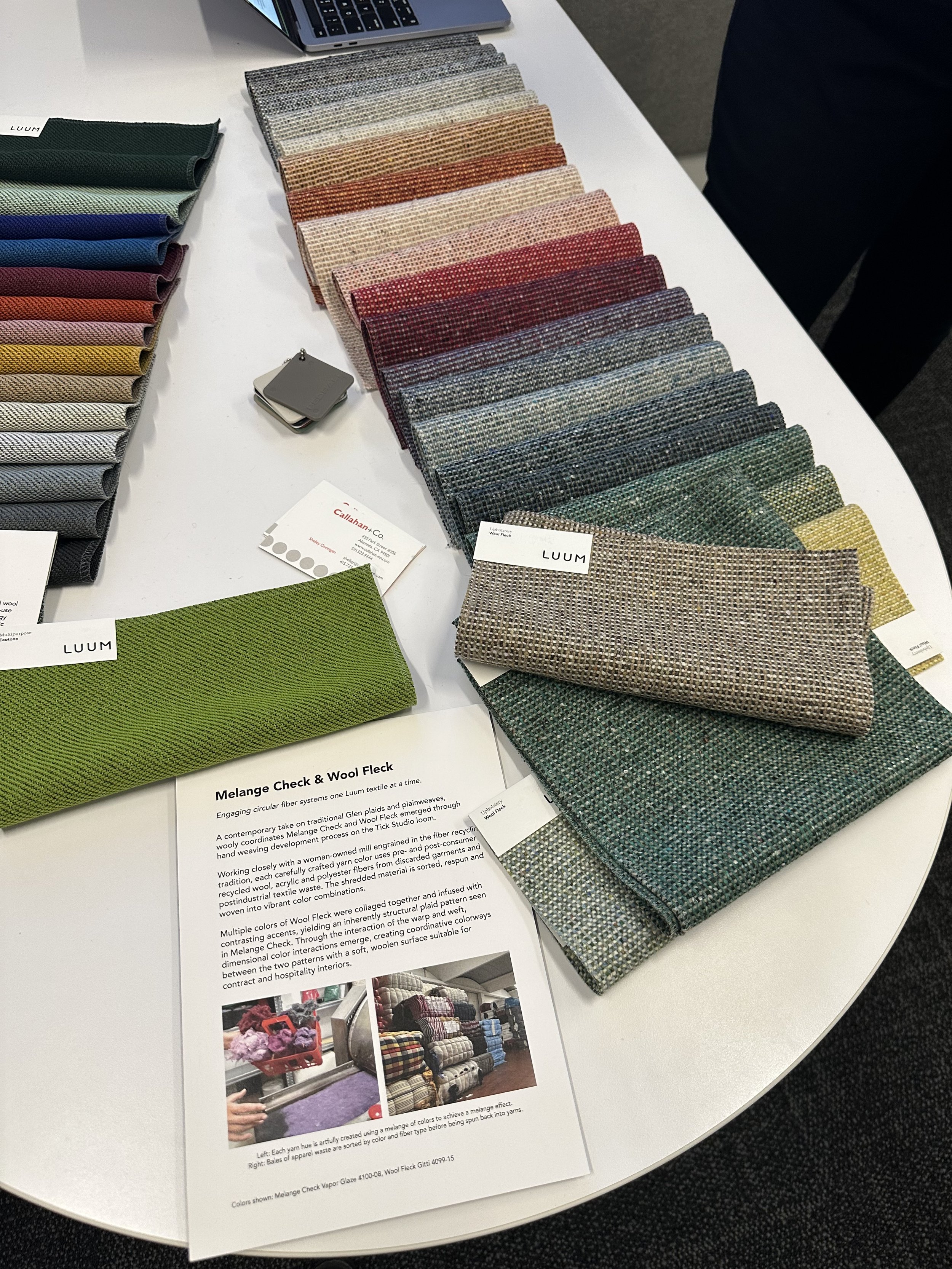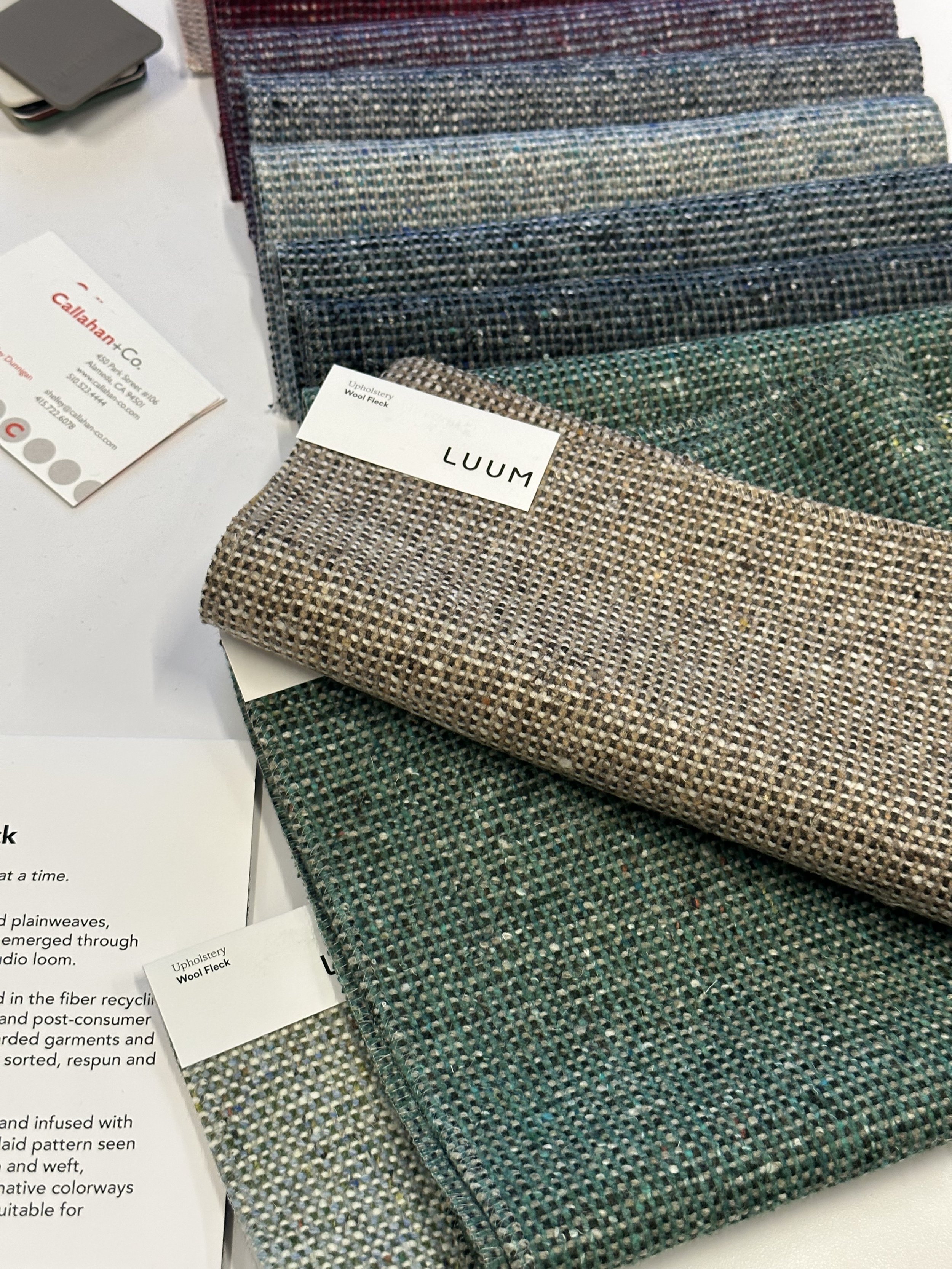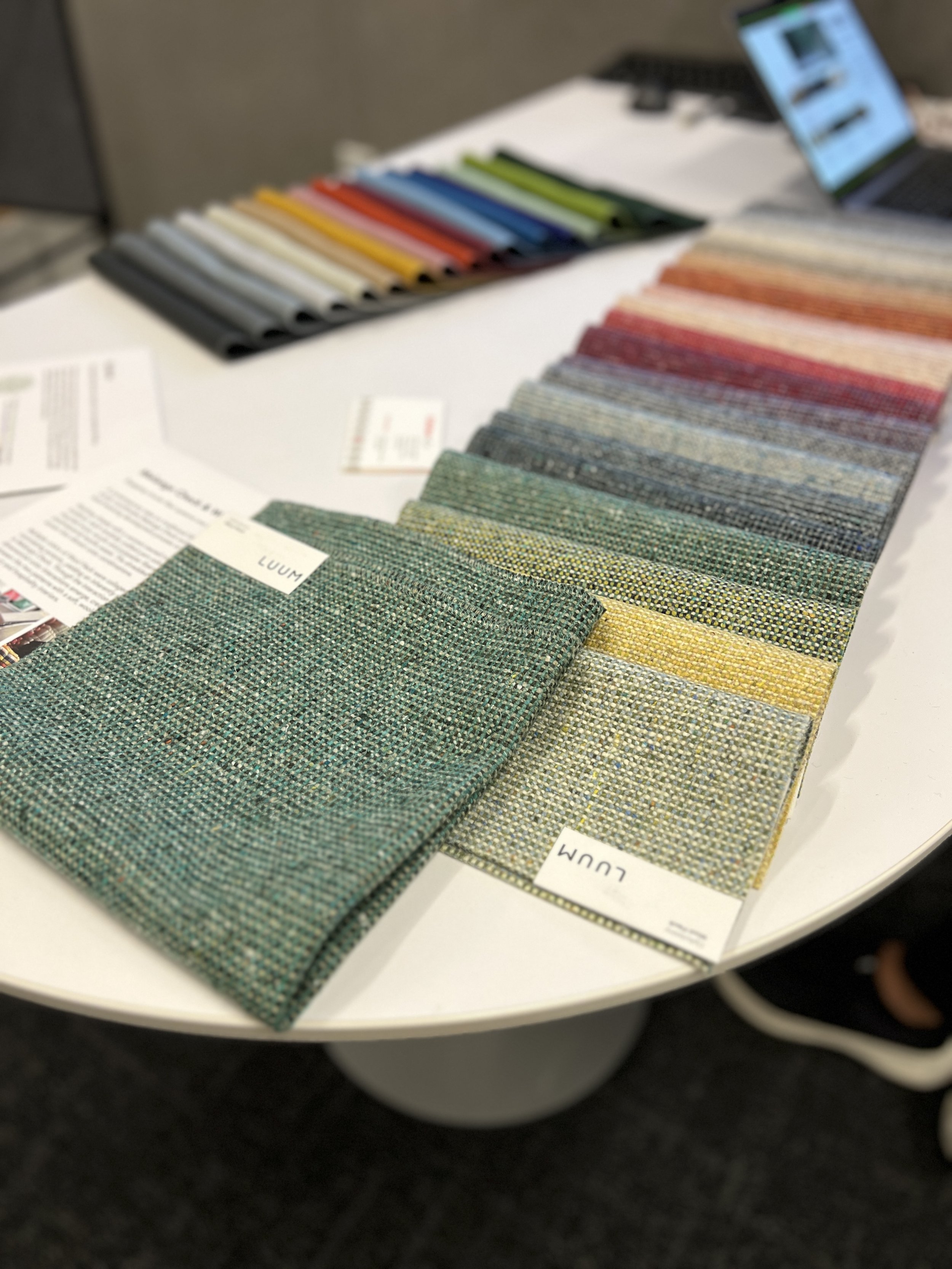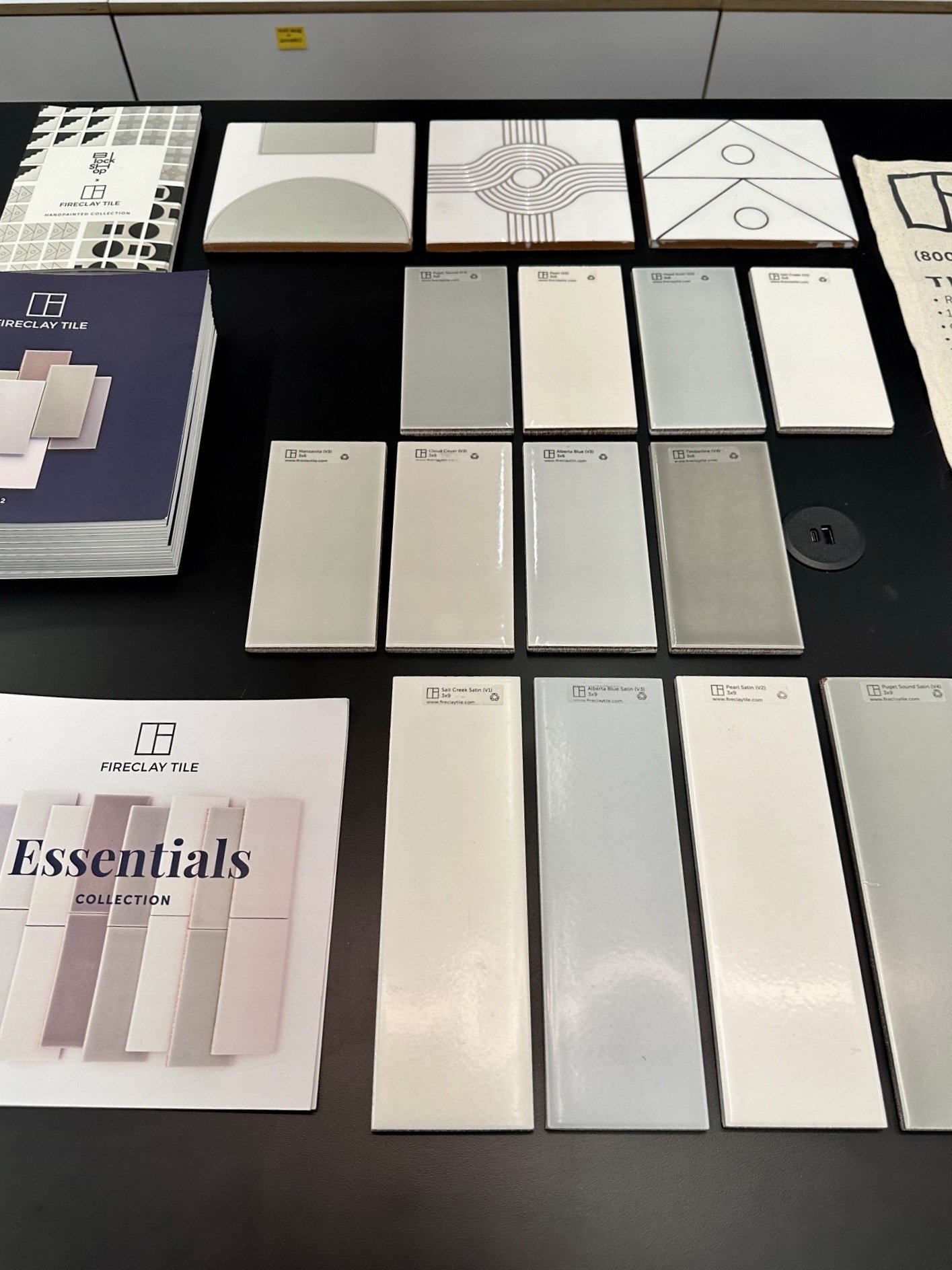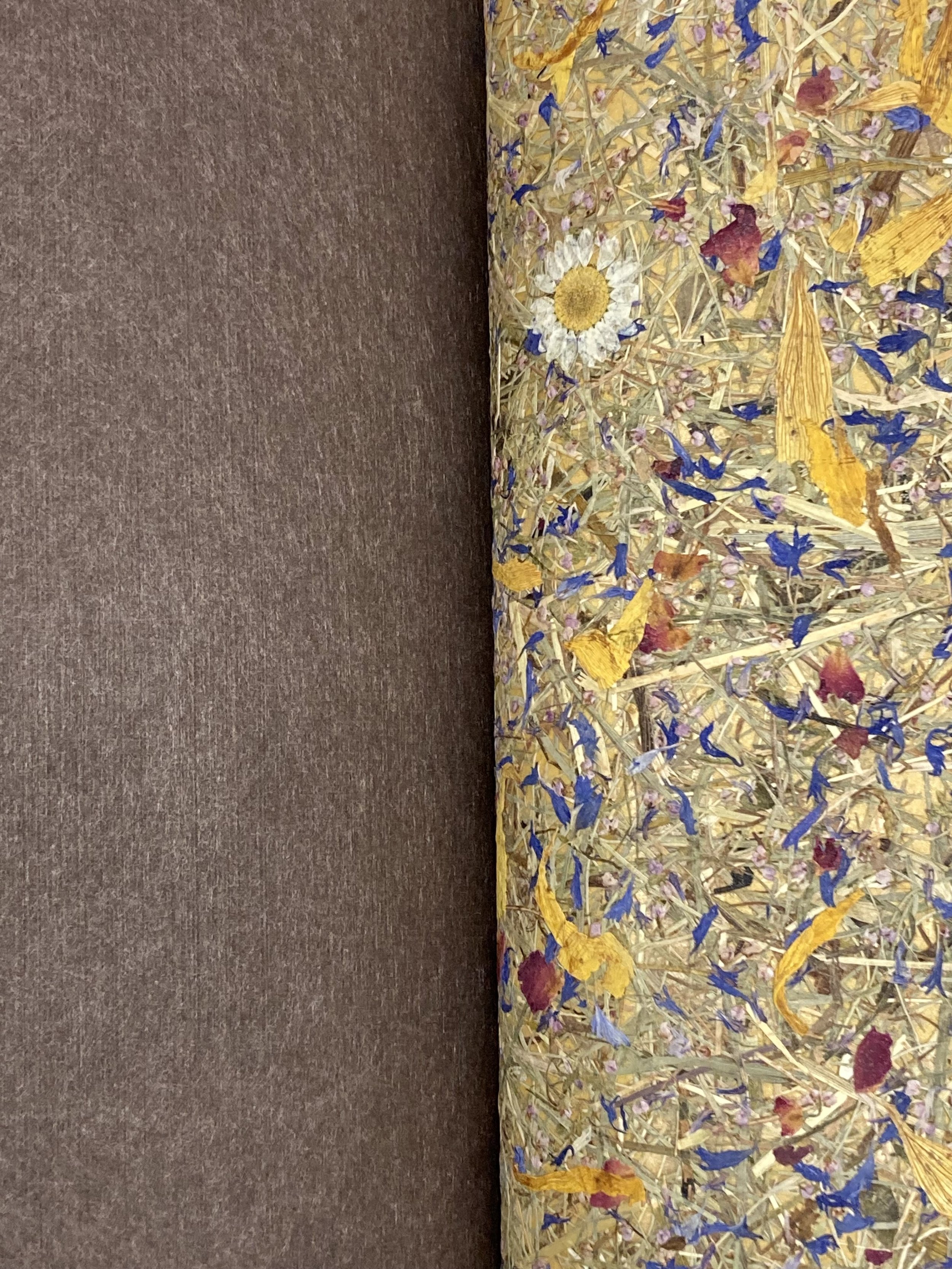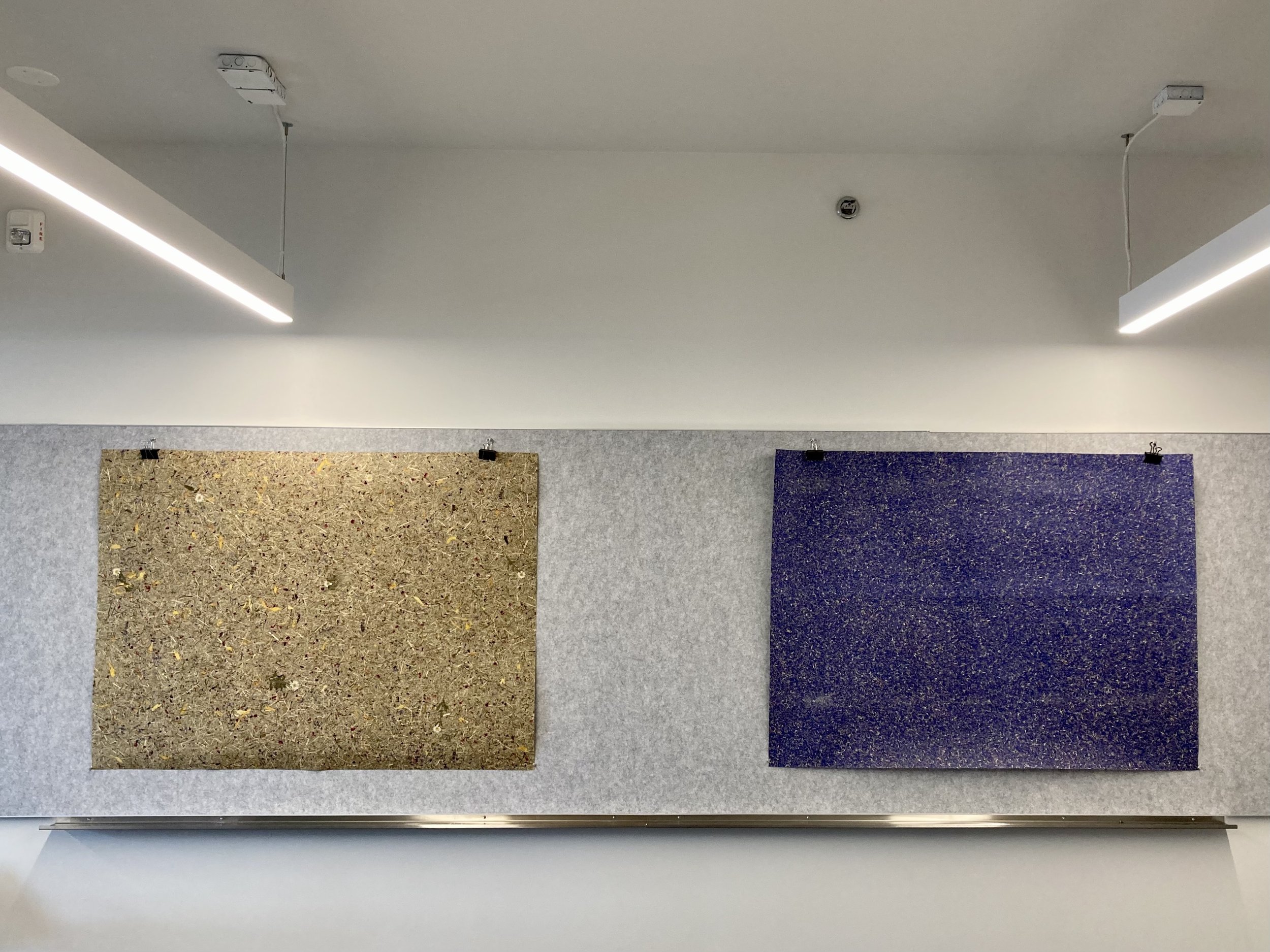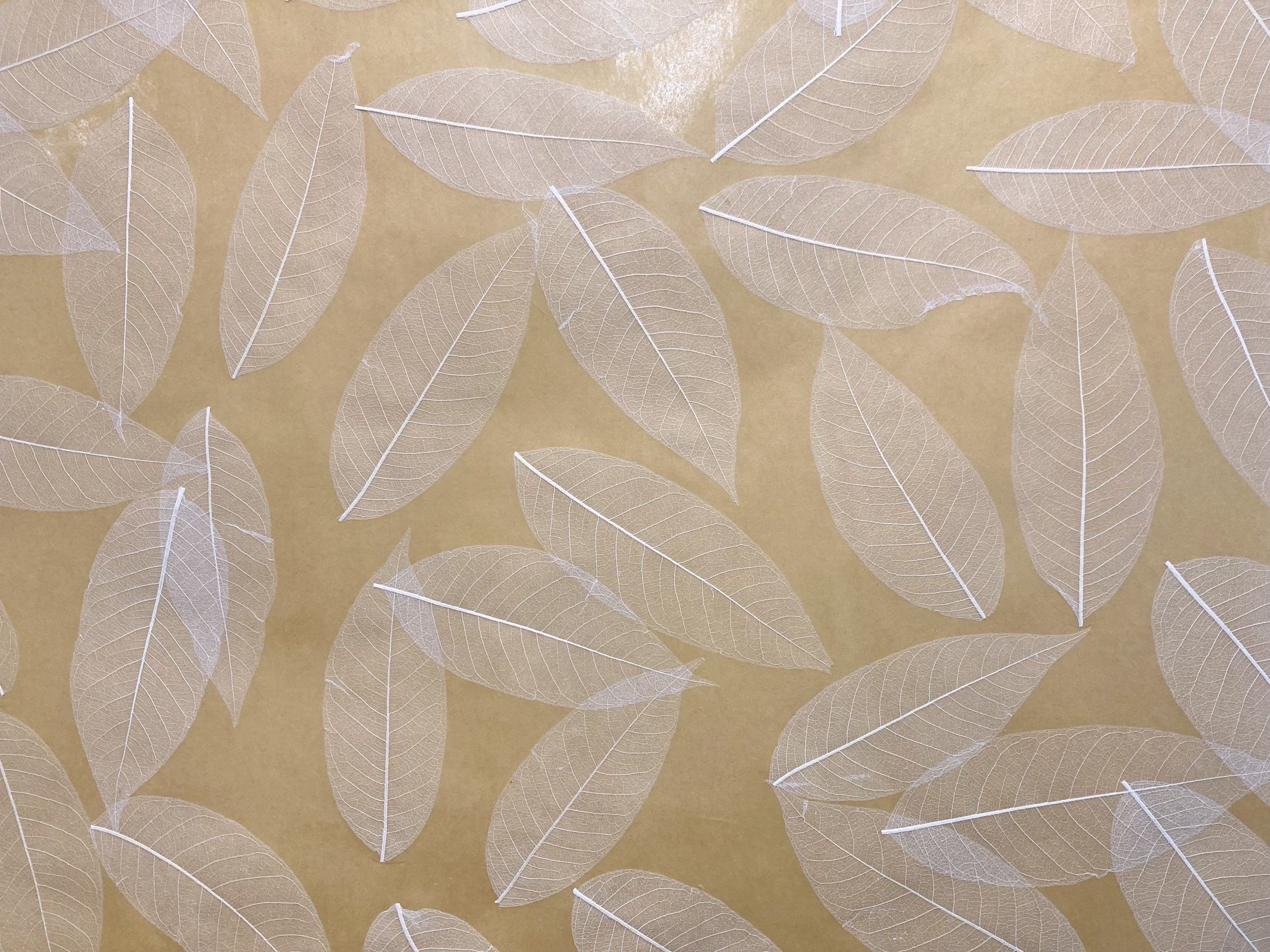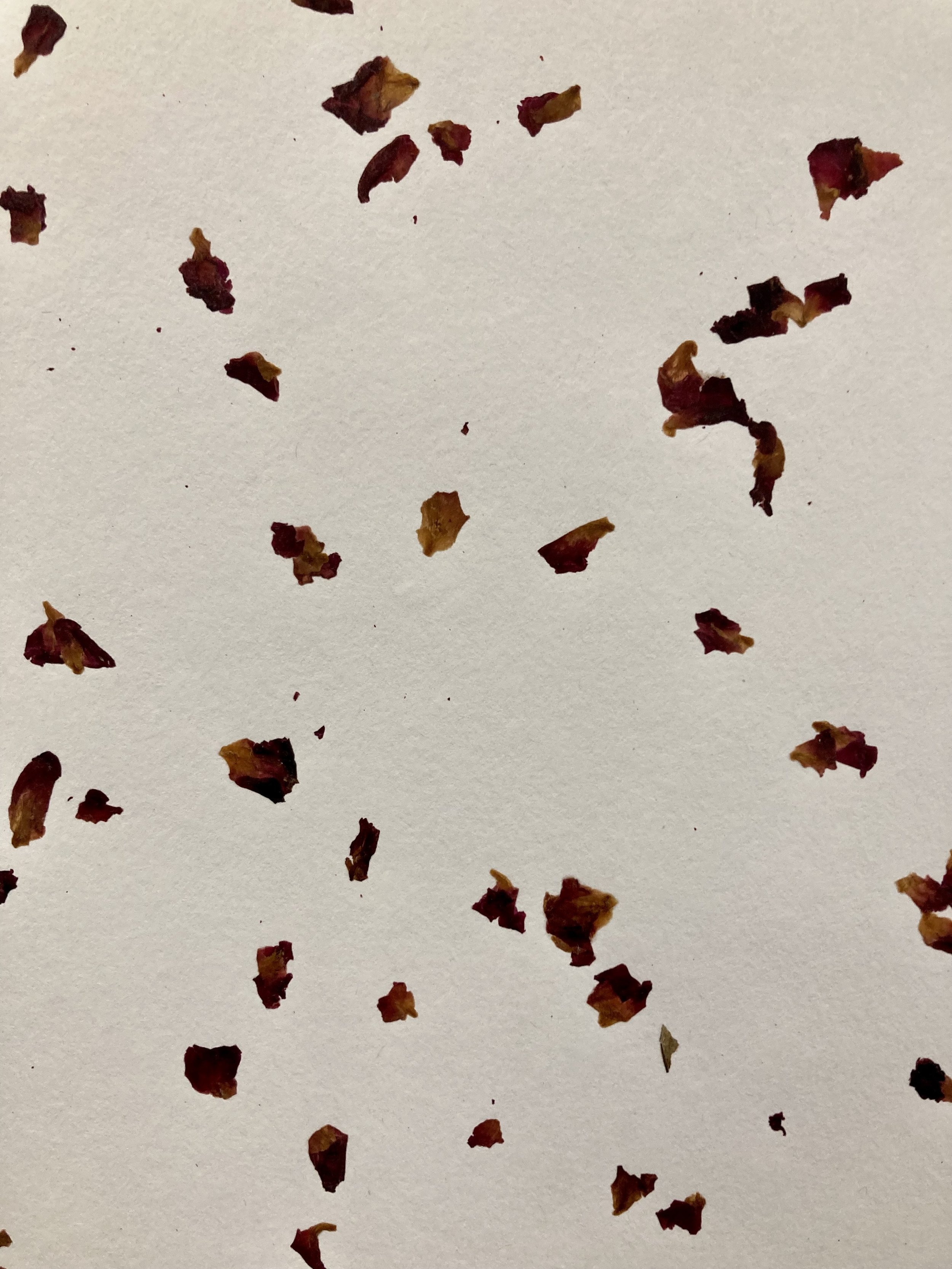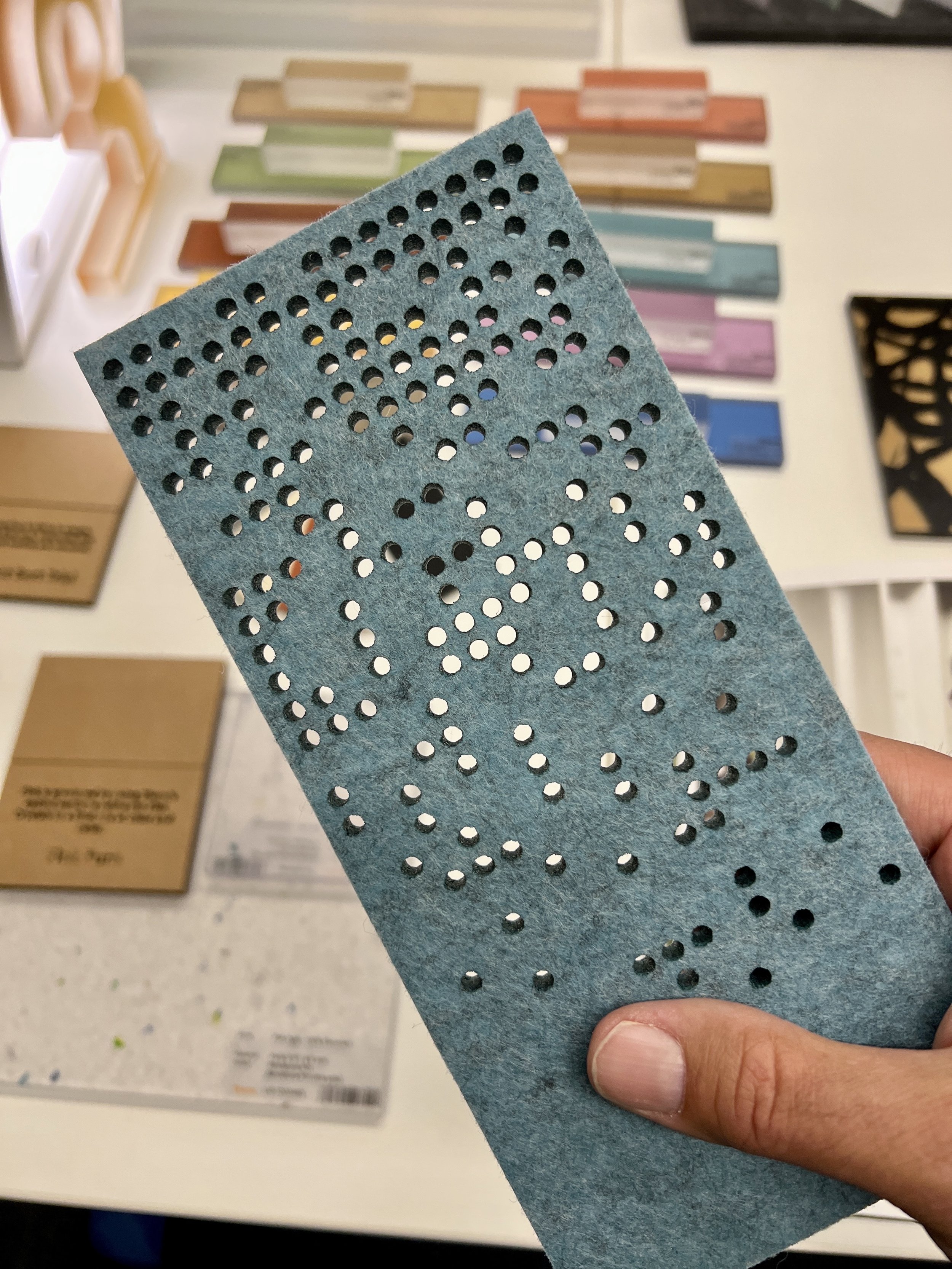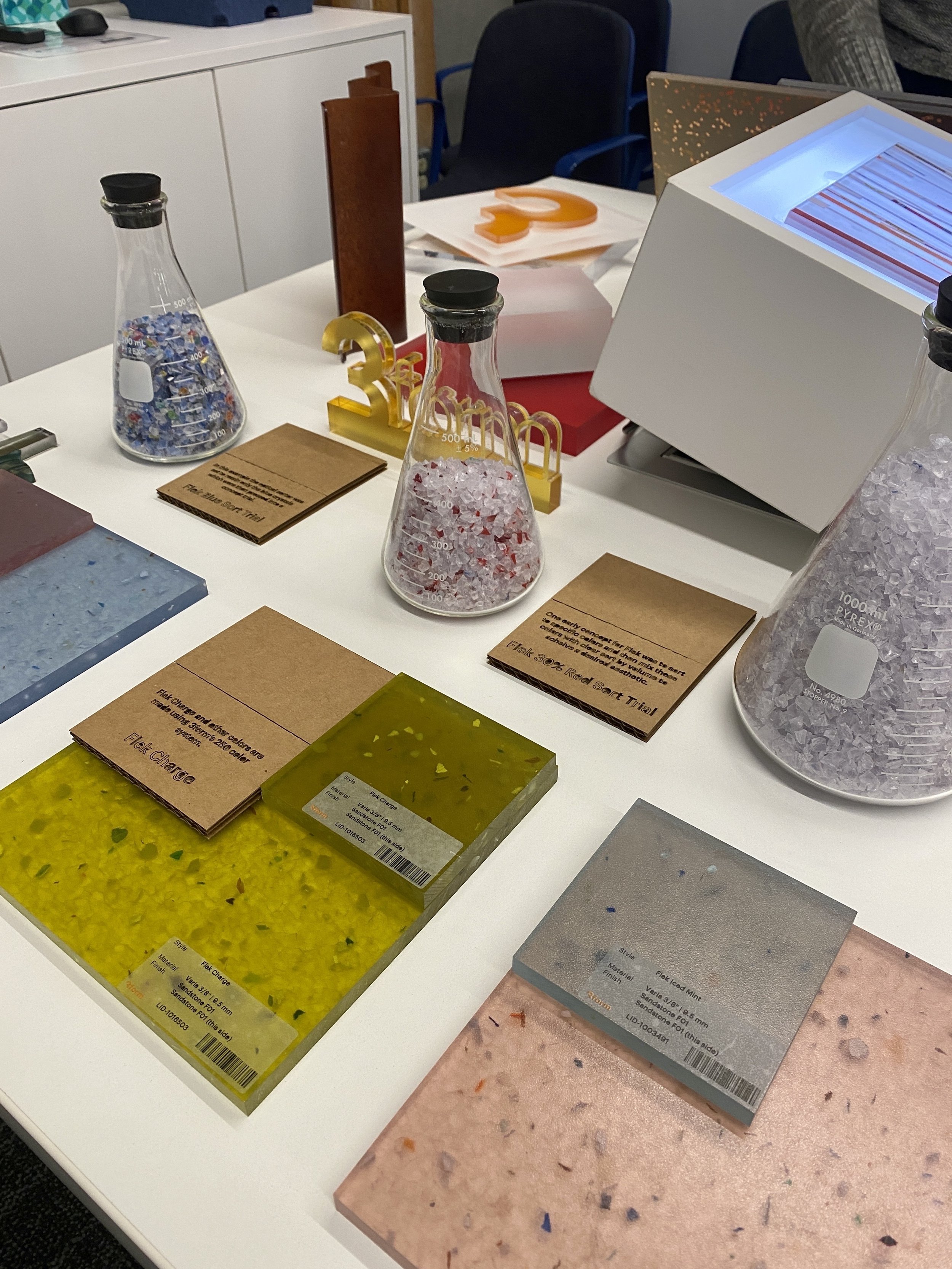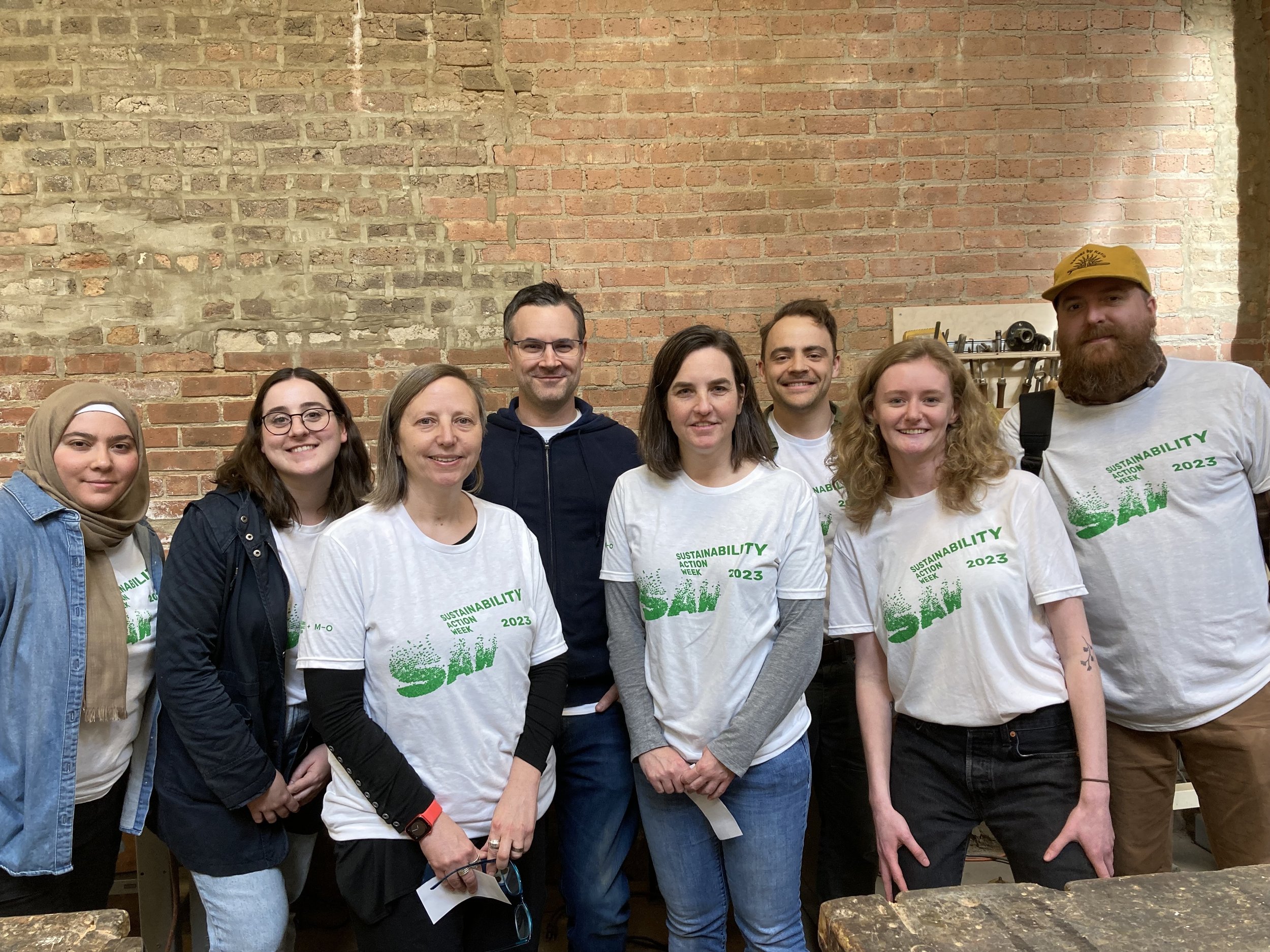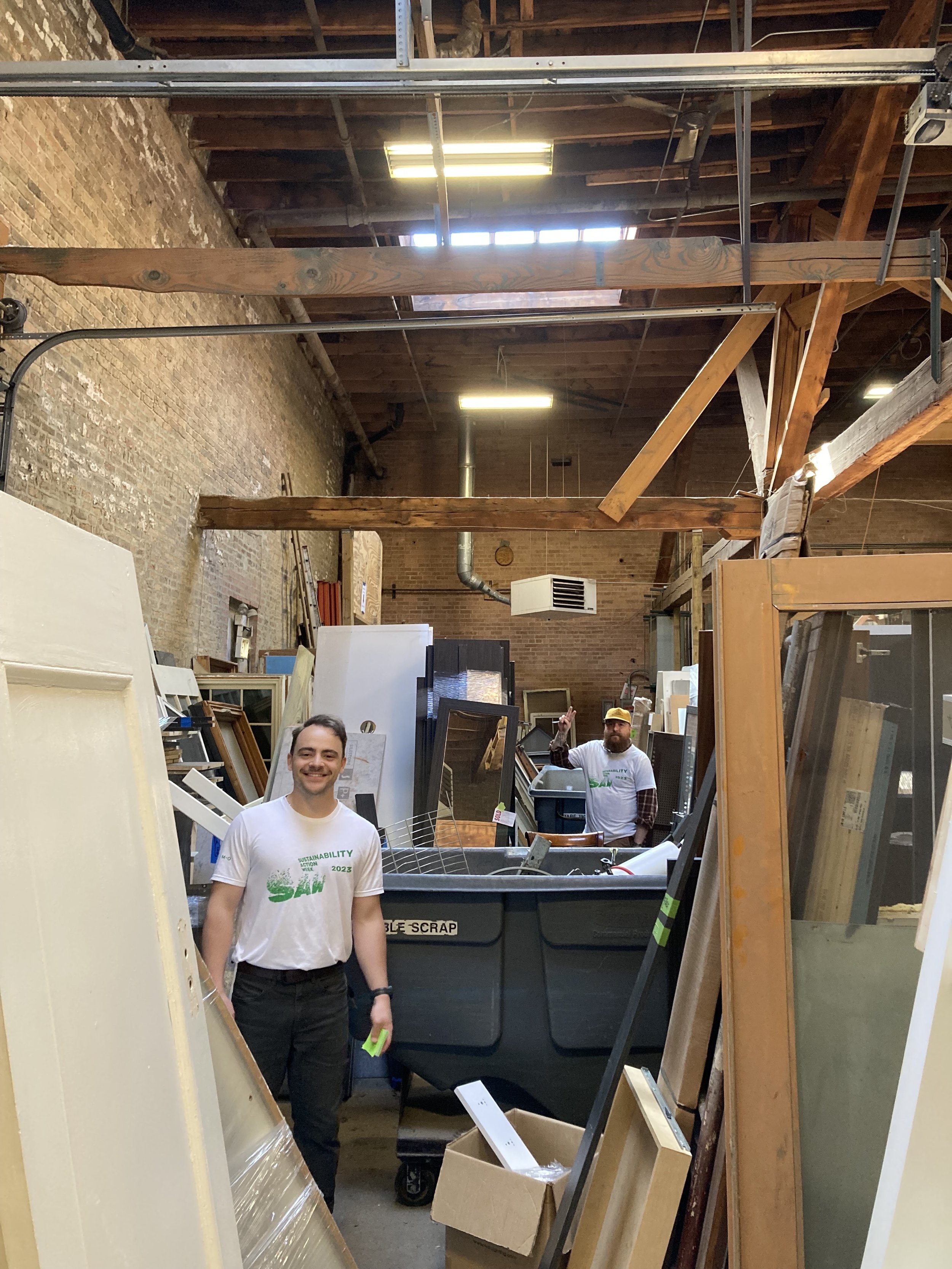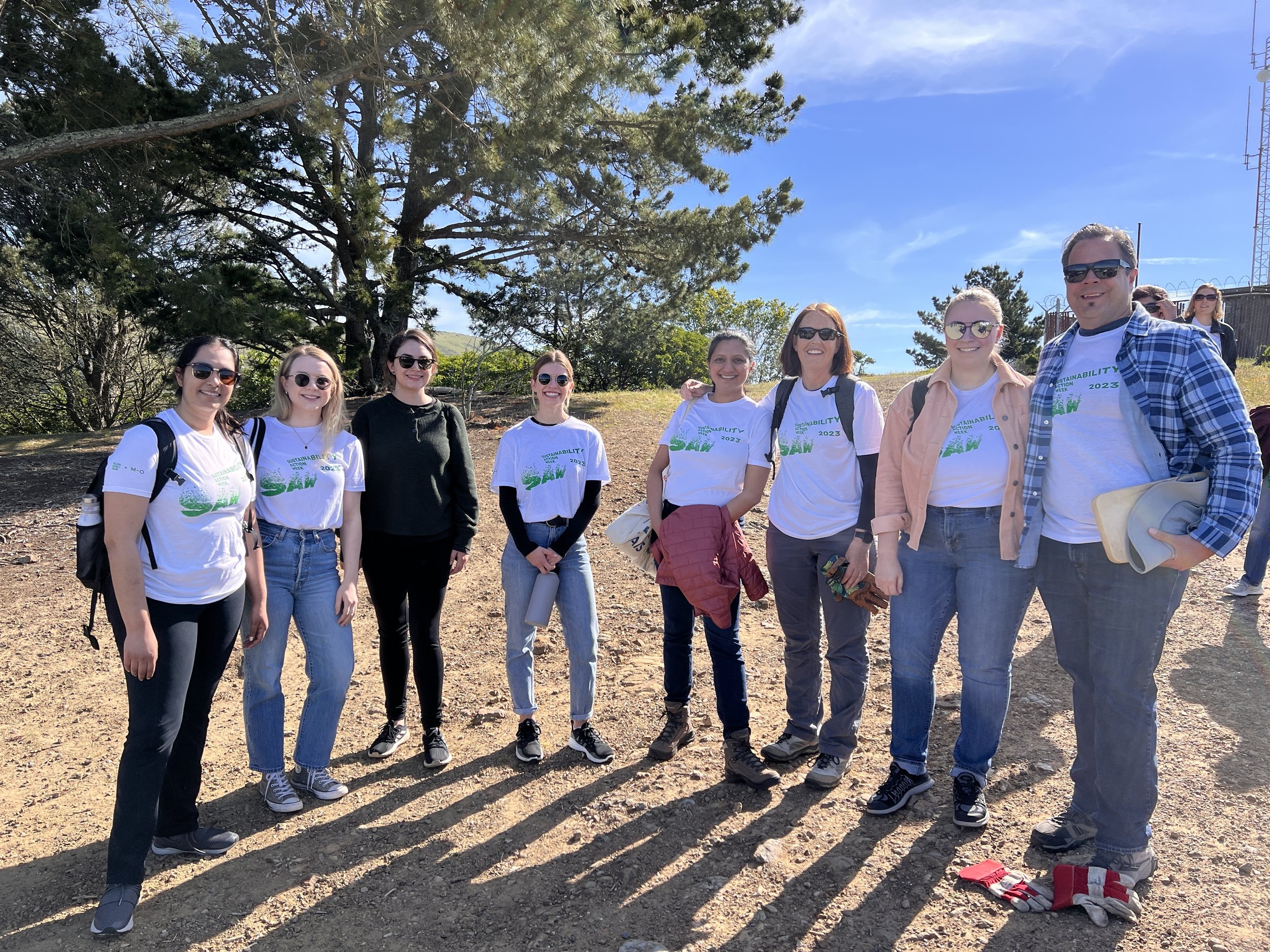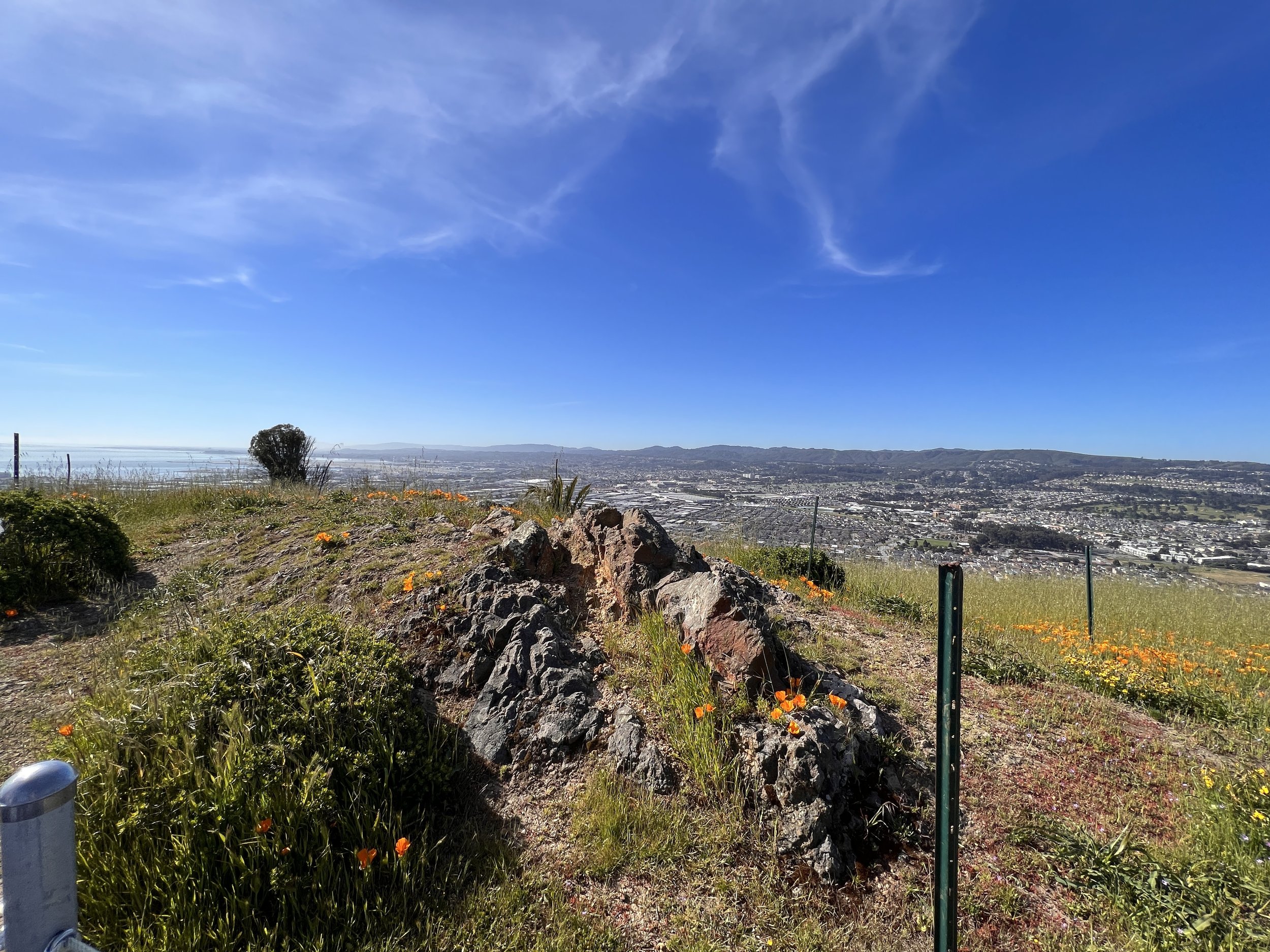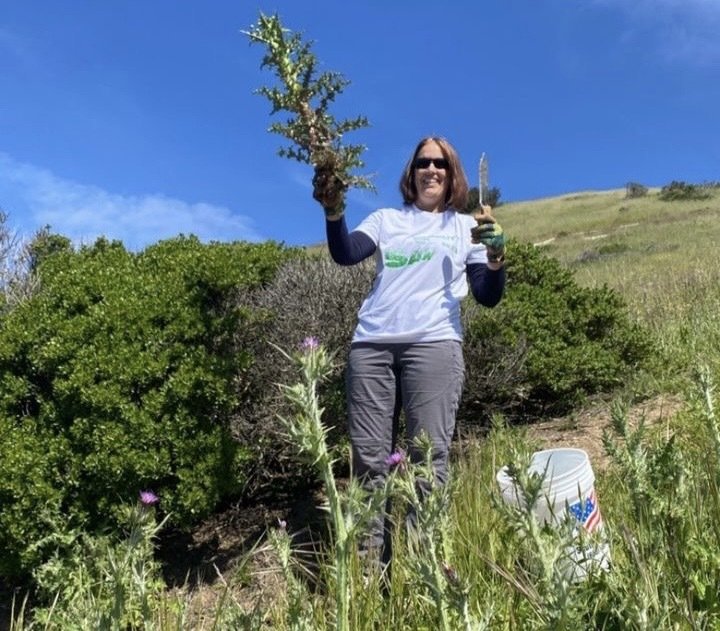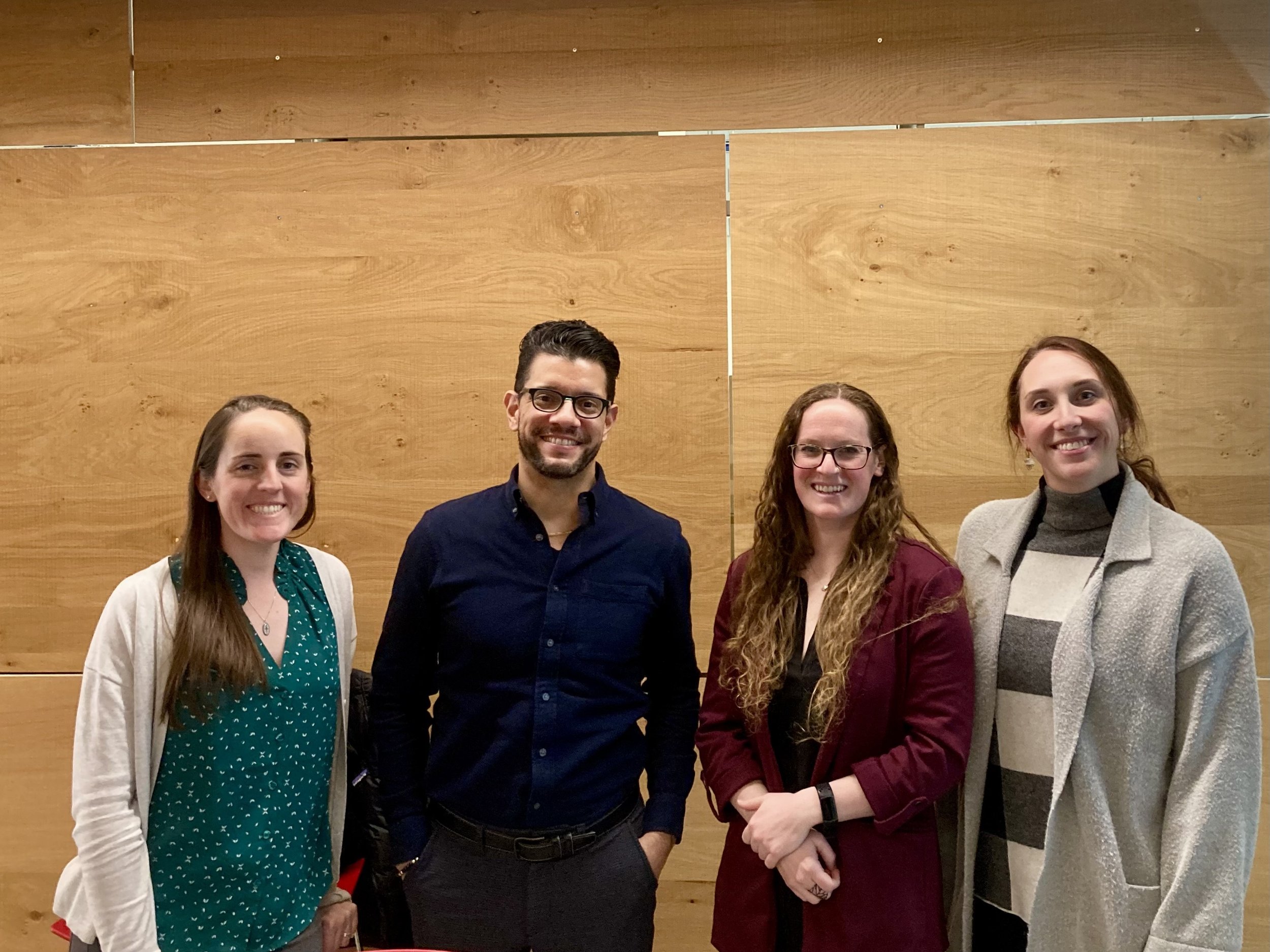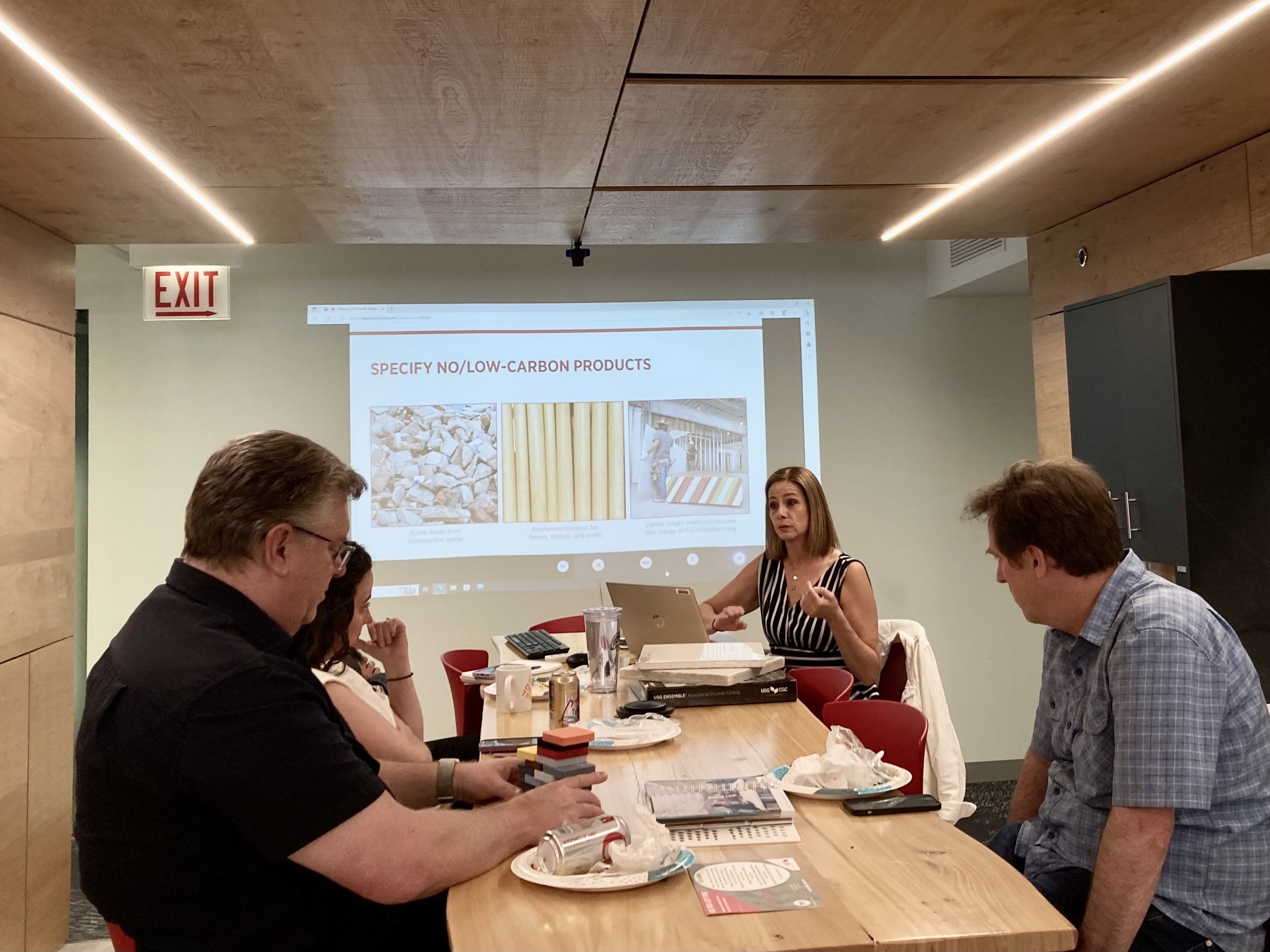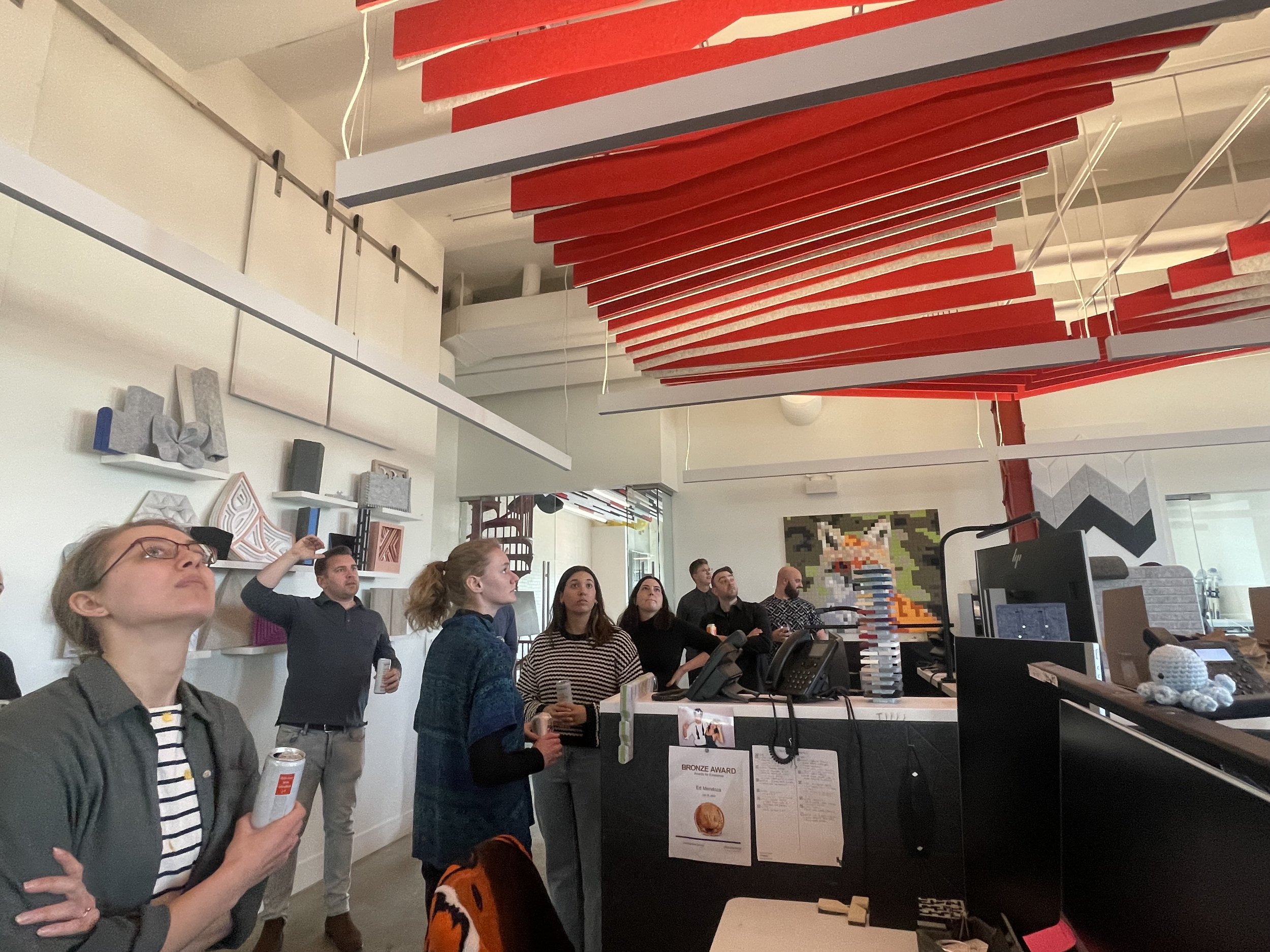Sustainability Action Week 2023
VDT’s Sustainability Action Week (SAW) returns with the theme of embodied carbon.
Our firm-wide Sustainable Action Week (SAW) was back in full force, for the first time since the pandemic. With the mission of educating our staff on sustainable strategies, this year’s SAW was based on the theme of embodied carbon, including events in our Chicago, San Francisco, Palo Alto, and Denver offices. As defined by the Carbon Leadership Forum, embodied carbon in the building industry refers to the greenhouse gas emissions arising from the manufacturing, transportation, installation, maintenance, and disposal of building materials.
Guest lectures, volunteer events, tours, and mini trade shows featured products and organizations making incredible efforts to reduce embodied carbon in the built environment. Check out some of our favorites from the week!
Trade Shows
_
Throughout SAW, our offices hosted multiple trade shows, where vendors presented their sustainable products.
Some of our architects have highlighted their favorite products below:
”Carnegie's Mindful Materials Program showcases room and space dividers that are both beautifully designed and made to last. Their "Lattice" textile fabrics is one of their Xorel Artform Fabrics that is both highly durable and environmentally produced.”
-Esra Daghestani, Architectural Designer
Xorel is composed of rapidly renewable sugarcane, making it bio-based, PVC free, chlorine free, and plastic free.
Lamboo is a manufacturer and supplier of engineered bamboo architecture and building products. Bamboo is an exceptional material when it comes to reducing embodied carbon, as it rapidly renews every 5 years and sequesters up to 50% more carbon than timber.
“LambooVue, the company’s curtain wall system was particularly exciting due to the impact it has on both embodied carbon emissions, and operational emissions. These mullions are not only rapidly renewable and carbon sequestering, but the insulative properties compare with R-13 rated glass.”
- Hans Koesters, Architect III
Interface leading the flooring industry in reducing carbon emissions. Recycling and reuse carpet programs, fish net repurposing, and renewable energy manufacturing are among a few of the the strategies Interface is using to produce an 100% carbon neutral product line.
”Interface’s “Nora” rubber flooring was fantastic. I like that it is simply rubber, there are no additional coatings or materials, meaning less manufacturing and additives. There's a nice selection of colorways to accommodate a variety of projects.”
-Peter Wojtowicz, Associate Architect
Humanscale is reducing their carbon emissions by diverting 93% of their waste from landfills and designing modular products that are made for disassembly. This allows elements to be replaced without disposing of the entire product.
”The most impressive item by Humanscale has to be their Path task chair. Developed from waste collected from the ocean, the chair is certified climate positive. Don't sleep on the chair's comfort too, I could definitely use this as my everyday seat at the computer.”
-Jake Emery, Associate Architect
Textiles made from renewable resources, recycled fabrics, and biodegradable fibers make up 70% of Lumm’s product line, as proven in their numerous material transparency certifications.
”Luum's Wool Fleck fabric is made with recycled clothing from 'fast fashion' type garments. And they keep the color from the original recycled fabrics so all the color flecks that are visible in the fabric are from those original garments. You'd think that there would be an issue with consistency to obtain similar colors over time, but since there's such a large amount of discarded clothing, that is not an issue.”
-Alex Polk, Associate Architect
Fireclay’s production facilities use 100% renewable energy and utilize a closed loop water recycling program, making their production process carbon neutral certified.
”Fireclay is not just another pretty tile. Made in California, Fireclay products are created using domestically sourced materials. They offer a gorgeous selection of motifs in their hand painted collection and have recently launched a new line of affordable tiles, which is exciting.”
-Suzanna Machado, Architectural Designer II
Organoid natural surfaces are made from raw materials such as alpine hay, flower petals, wool, and moss, with applications such as wall coverings, flooring, furniture accents, acoustic panels and much more.
”It’s really inspiring to see a fully unprocessed natural material in application. Knowing how impactful the manufacturing process is on embodied carbon emissions, it’s great to see that there are products out there with carbon negative production.”
-Max Gendler, Architectural Designer
”With considerations for sustainability, 3form took the opportunity with their Flek series to look at what creative design strategies could be taken with their own off-cuts, samples, and what would otherwise be considered "waste" from their own production. Their Flek series was impressive, not only in how the nuances of color and material fragmentation were impressed within their panels to harken a terrazzo affect and feel; but also that they pushed their own research and development to not just stop at a "mostly recycled content" product but push for an 100% recycled content product with their Flek "Pure".
I think this internal reflection on production and a company's own output when trying to be more sustainable, is critical - and was excited to see that happen in a product without losing sight on creative design.”
-Celeste Martinez, Architectural Designer
Volunteer Events
_
In our California and Chicago offices, we had the opportunity to volunteer with local sustainably-minded organizations.
Rebuilding Exchange
With a mission to keep building materials out of landfills, Chicago’s Rebuilding Exchange offers workshops, material sales, deconstruction services, and inclusive workforce training in building trades. Our team spent the afternoon strategizing how to better merchandise materials for reuse.
Sign Hill Stewards
Sign Hill Open Space in North San Mateo County, California features 65 acres of hiking trails. Sign Hill Stewards is a habitat restoration project working to restore the native grassland and remove invasive species. Our team spent the morning getting their hands dirty and pulling invasive weeds.
Guest Speakers
_
We'd like to thank all of our guest speakers who gave expert presentations involving strategies to reduce embodied carbon in the field of architecture.
Thanks to all who participated:
Tim Conway, Mindful Materials
Jane Abernethy, Humanscale
Emily Kunkel, Jordan Komp, Jose Rodriguez, and Charlotte Sauer, Thornton Tomasetti
Thomas Van Haren, Ecovative
Jennifer Friedland and Stacy Simpson, USG
Scott Farbman and Jessica Szyska, dbHMS
Camille Zanona and Ashley Delano, TURF Design
SAW Team
_
The energy throughout our offices this week was inspiring. There’s a powerful feeling that comes from working with like-minded, sustainably-oriented professionals. We are so happy to have SAW back in person as a tool to further our understanding of embodied carbon in the built environment.
Thanks to all of the staff who made this incredible event possible:
Robert Webber, Principal + Chief Sustainability Officer
Natalie Giombi, Architectural Designer
Cate Crain,
Architect
Sierra Johannes, Architectural Designer
Suzanna Machado, Architectural Designer
Jane Emory,
Architectural Designer
Max Gendler,
Architectural Designer
Sandra Keely,
Office Manager
Esra Daghestani, Architectural Designer
Nuala Brennan,
Communications
Mackenzie Davis,
Office Manager
Noah Bentley,
Associate Architect



